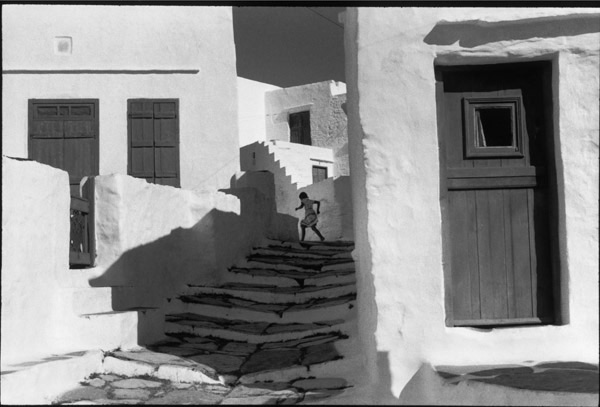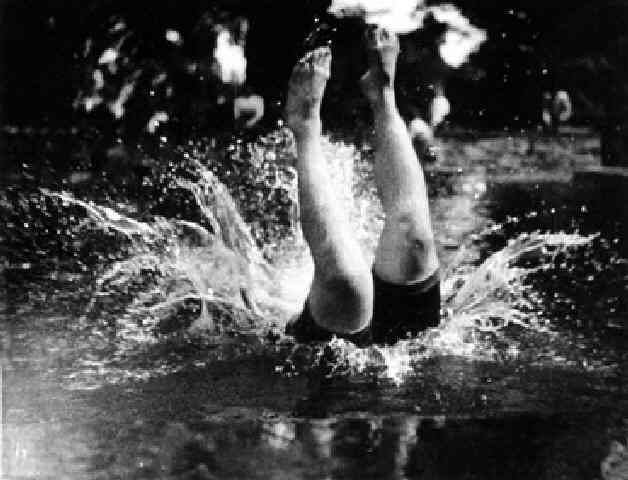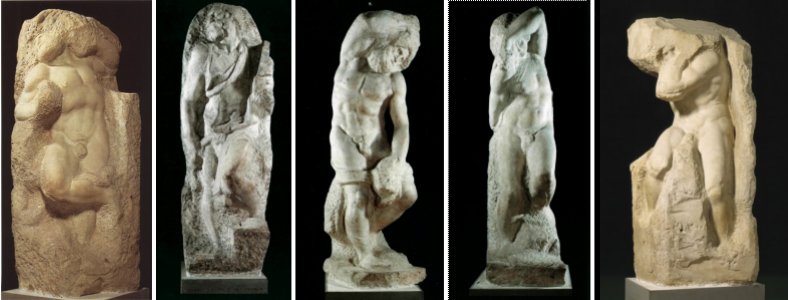This is a Daguerrotype from the 19th Century by Gustav Oehme. Before photography only the rich and important could have images made of themselves. With the invention of photography anybody could have an image to prove they existed. Everybody, thanks to photography, has been given an identity from family albums to Face Book.
The exposure would have lasted for minutes and these three girls would have had to remain perfectly still. They could have gone on to live long and fruitful lives – seeing the huge changes between the old world of the 19th Century and the Modernism of the 20th Century.
However, here they remain frozen and unaware of their future – locked in time.
· The big bang happened 13.7 billion years ago according to current estimates.
· The earth was formed 4.54 billion years ago.
· Though harder to define humans have existed for a million years (this answer can vary).
· The Renaissance was over 5oo years ago.
· Photography was announced in 1839 – 170 years ago.
· The average life span is 79 years.
· It has taken a minute of your life to read this.
|
(see Al Jarnow's - Cosmic Clock)
Most photographs you take today consist of fractions of seconds.
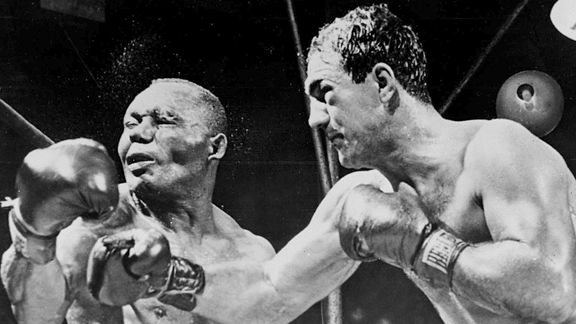
Try and count that in your mind – I can only manage about half a second.
Most photographs record fractions of seconds invisible to the naked eye – a photograph is both cold harsh truth and an abstract image.

Henri Cartier Bresson was one of the first photographers to use a 35mm camera. This meant he could go onto the streets and take more impromptu images and capture the ‘Decisive moment’.
Many of his images employ ‘the rule of thirds’. This is where the rectangle frame is broken into thirds and the point of emphasis takes place on the side, rather than the centre. The rule of thirds is based on the golden Rectangle.
In 1877 Eadweard Muybridge helped the governor of California to win a $25,000
bet that at some point when a horse was running; all four hooves would leave the ground.
He set up a row of multiple cameras and each time the horse tripped a wire a photograph was taken. He ended up with a series of images that when combined created the first moving images. Without Muybridge there would no cinema, TV or most of the content on the internet.
A similar technique was used in the film ‘The Matrix’ to create the Bullet Time effect.

Without the experiments of Muybridge and others Cinema would never have been born. Some of the most exciting early cinema came from George Melies and was truly realized in 'A Voyage to the Moon' 1902. For contemporary artists using animation look at William Kentridge.
Etienne-Jules Marey created similar images. Marey was a scientist who used art whereas Muybridge was an artist who created pseudo-scientific images. However, Marey's images were slow shutter speed shots and he used a strobe light. As the strobe flashed it created an image of the figure - therefore creating multiple figures showing the subject move though time and space.
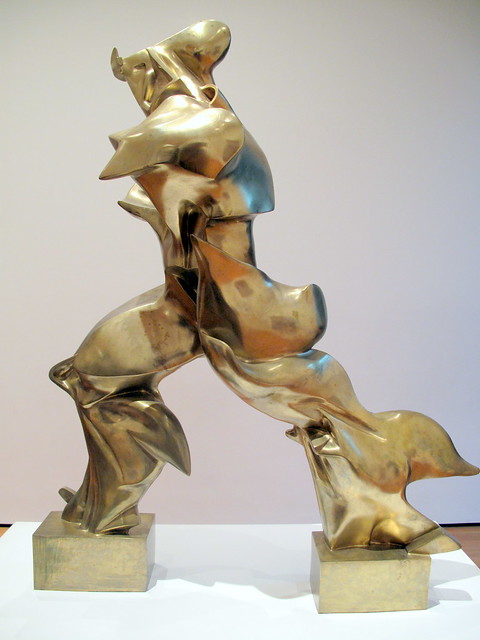
The series on images above are by Bernd and Hilla Becher. They are a husband and wife team who are famous for taking photographs of obsolete industrial architecture. The beauty of the buildings comes from their form following their function. These images are photographed a systematic way, from the same viewpoint and displayed in a uniform grid formation. From this pseudo-scientific approach a simplistic beauty emerges.

Jacques-Henri Lartigue grew up surrounded by cars. The effect of oval wheels leaning forward seen in his photographs were produced by slightly panning the camera to follow the car and releasing the shutter as he did so. The result is an image conveying a remarkable sense of speed and motion.
In 1911 Jacques-Henri Lartigue was not merely as unprejudiced as a child: he was a child. The picture reproduced here was made when Lartigue was fifteen, but it was not one of his early works - by the time he was ten he was making photographs that anticipate the best small-camera work of a generation later.
His early images show a world about to disappear - the old world being over taken by machines and the onset of the horrors of the first world war.

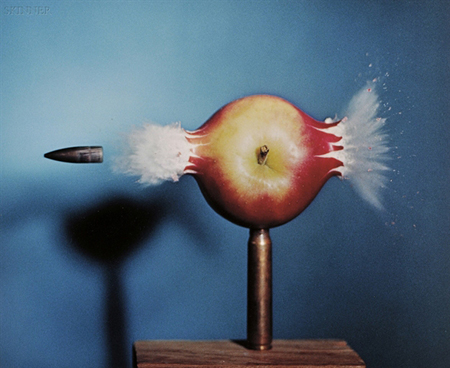
These images above are by the photographer Harold Edgerton.
Photography is, in many ways, where art and science meet and these images show Edgerton’s experiments with high speed photography. The top image shows a drop of milk landing onto of a red biscuit tin lid – creating a beautiful crown. The bold white contrasts against the rich red and the rim of the lid adds an unusual horizon line to the composition. This is one of Edgerton’s most famous images and is actually the result of years of experimenting. He produced many of these images and many were not successful. This image is the result of experimentation and dedication. A flash would have been used to capture this moment in time.
The image on the bottom was created by having the camera on a tripod and using a slow shutter speed. However, Edgerton used a strobe light – each time it flashed it captured the figure in mid movement.
This classic photograph was taken in 1970 by George Krause and was initially intended for a poster. Krause has taken a moment in time and turned into a static image - the boy seems to be emerging from the water like a sculpture out of a piece of rock.
Krause's image has a similar feel to these unfinished sculptures by Michelangelo. They were commissioned in 1505 but were never completed instead human forms try to burst out of the rock. The delicate nature of Michelangelo's sculpture contrasts with the solid form of the natural rock.

Sirrka-Liisa Konttinen has captured a young 'girl in on space hopper' mid-flight. It is 1970's working class Newcastle and she is on the cobbled streets surrounded by terraced houses. This is a world on the brink of disappearing - community and history about to be replaced with modern tower blocks and the alienation that comes with our modern world. This comes from a series of work taken over a 11 year period.
This image captures a figure suspended in mid air. Aaron Siskind has positioned himself lowdown and aimed his camera upwards to place the trampolining figure agaisnt the sky.
Shutter speed refers to how long the shutter is open for.
A fast shutter speed means the shutter was open for a fraction of a second – freezing time.



